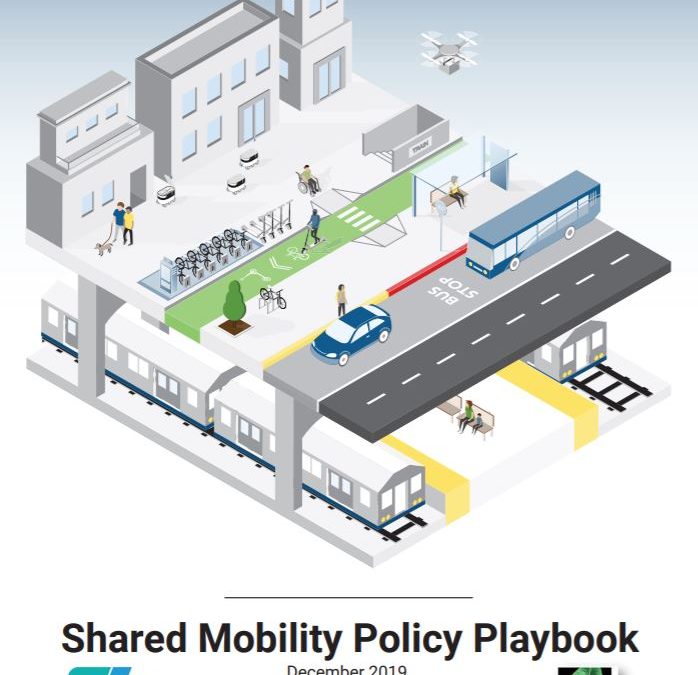by Innovative Mobility Research | May 28, 2020 |
Authors: Susan Shaheen, Caroline Rodier, and Amanda Eaken Date: 2005 Abstract: To evaluate the potential for low-speed modes to improve transit access, the EasyConnect field test will offer shared-use Segway Human Transporters (HT), electric bicycles, and bicycles linked to a Bay Area Rapid Transit District station and surrounding employment centers in California. Because of safety concerns, research was conducted to understand the risks associated with these modes and potential risk factors. A review of the safety literature indicates that user error is the major cause of low speed mode crashes, and significant risk factors are poor surface conditions and obstructions to drivers’ vision. As a result, an extensive training program and carefully selected routes have been included in the field test. The regulatory and legislative history of the HT is chronicled to understand how concerns about its interaction with pedestrians have produced legislation that includes specific safety requirements. The low-speed modes used in this project will be equipped with safety devices, and participants will be required to wear helmets. The survey results of 13 HT implementation projects provide insight into potential advantages and challenges to the field test. Results of interviews and meetings with field test stakeholders are presented with a discussion of their influence on the field test design. Finally, conclusions and future project steps are discussed. View...

by Innovative Mobility Research | Mar 3, 2020 |
Authors: Susan Shaheen, PhD, Adam Cohen, Michael Randolph, Emily Farrar, Richard Davis, and Aqshems Nichols Date: December 2019 Abstract: The Shared Mobility Policy Playbook provides an introduction and definitions of shared mobility services, mode-specific resources for agencies looking to develop policies in their community, and policy-focused tools demonstrating case studies and best practices for shared mobility. This playbook has been designed for individuals and practitioners who want to know more about shared mobility and to communities interested in incorporating shared mobility into their transportation ecosystem. It is a practical guide with resources, information, and tools for local governments, public agencies, and non-governmental organizations seeking to incorporate and manage innovative and emerging shared mobility services. The following are suggested uses of this playbook: Access shared mobility resources including: opportunities, lessons learned, and best practices for deploying shared mobility across the United States. Use this playbook as a guide for strategic transportation planning and incorporating shared mobility into transportation plans and models. Reference best practices, lessons learned, and case studies to aid public policy development....
by Innovative Mobility Research | Feb 28, 2020 |
Authors: Susan Shaheen, PhD, Adam Cohen, Nelson Chan, and Apaar Bansal Date: January 2020 Abstract: Shared mobility—the shared use of a vehicle, bicycle, or other mode—is an innovative transportation strategy that enables users to gain short-term access to transportation modes on an “as-needed” basis. It includes various forms of carsharing, bikesharing, scooter sharing, ridesharing (carpooling and vanpooling), transportation network companies (TNCs), and microtransit. Included in this ecosystem are smartphone “apps” that aggregate and optimize these mobility options, as well as “courier network services” that provide last mile package and food delivery. This chapter describes different models that have emerged in shared mobility and reviews research that has quantified the environmental, social, and transportation-related impacts of these services....
by Innovative Mobility Research | May 14, 2019 |
Authors: Susan Shaheen, Ph.D., Adam Cohen Date: April 2019 Abstract: This toolkit outlines policies and practices for cities integrating shared micromobility into the built environment. The toolkit is divided into four sections that: 1) define shared micromobility and its impacts, 2) describe users of shared micromobility and market potential, 3) review best practices and case studies for curb space management and related policies, and 4) provide a summary of key findings from the toolkit. View...


